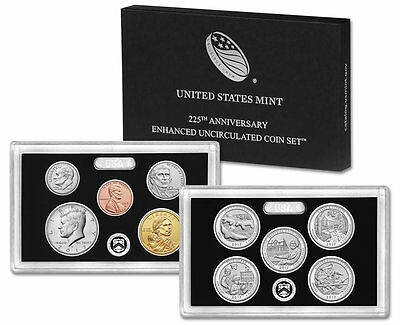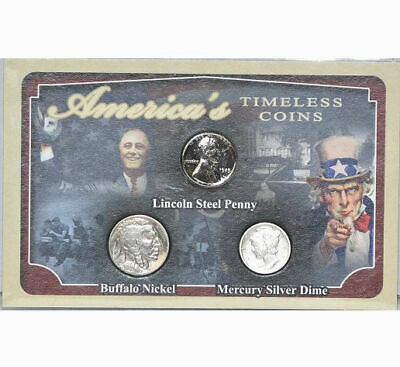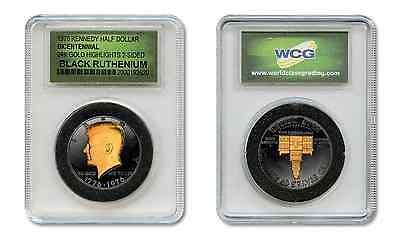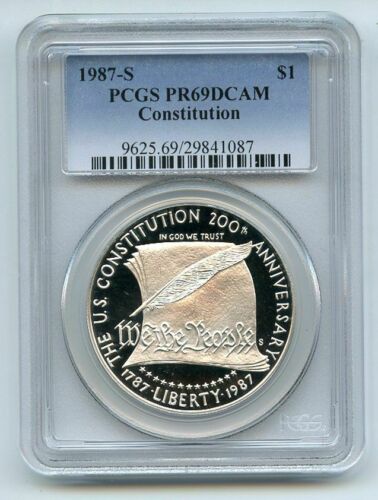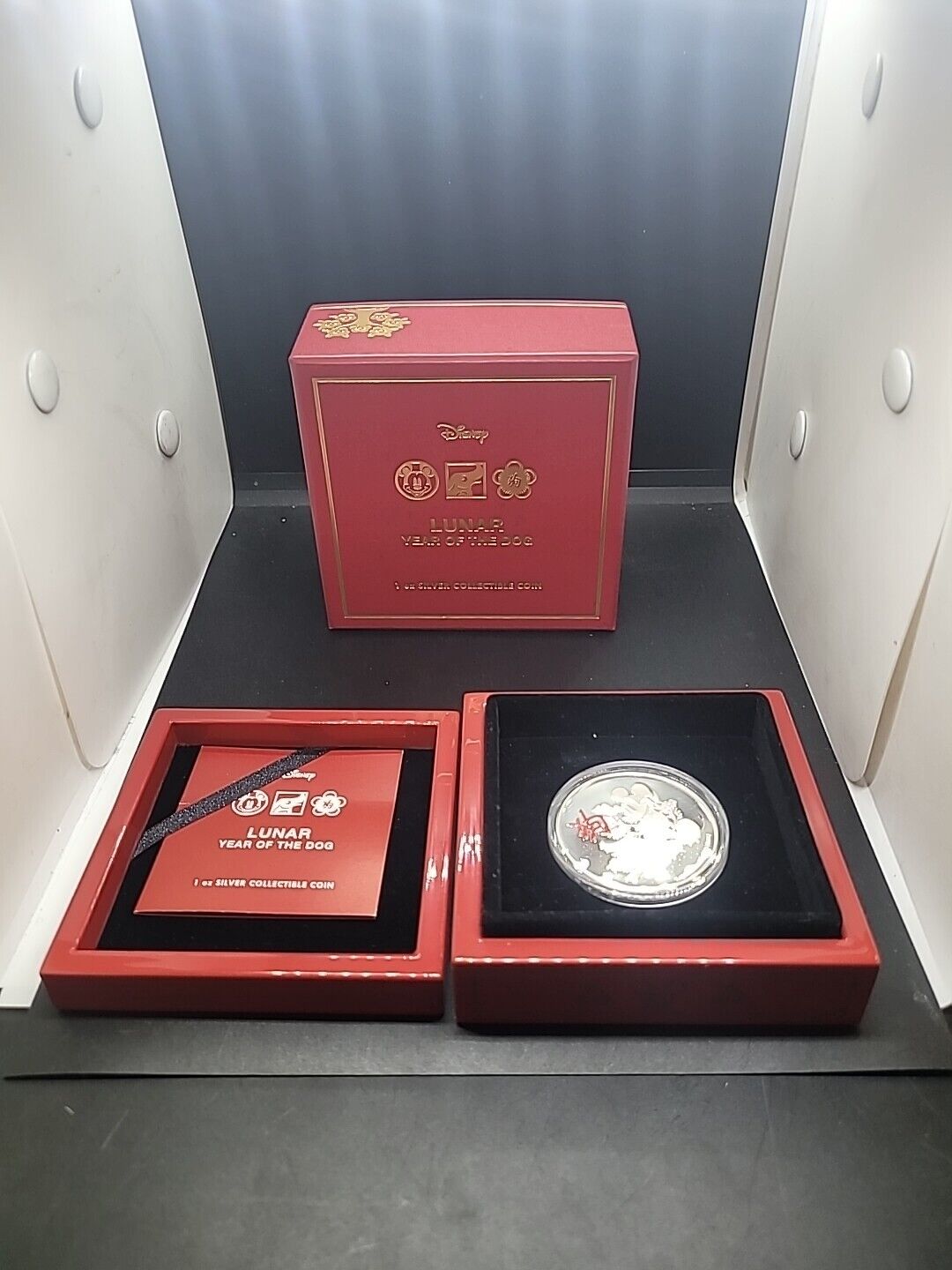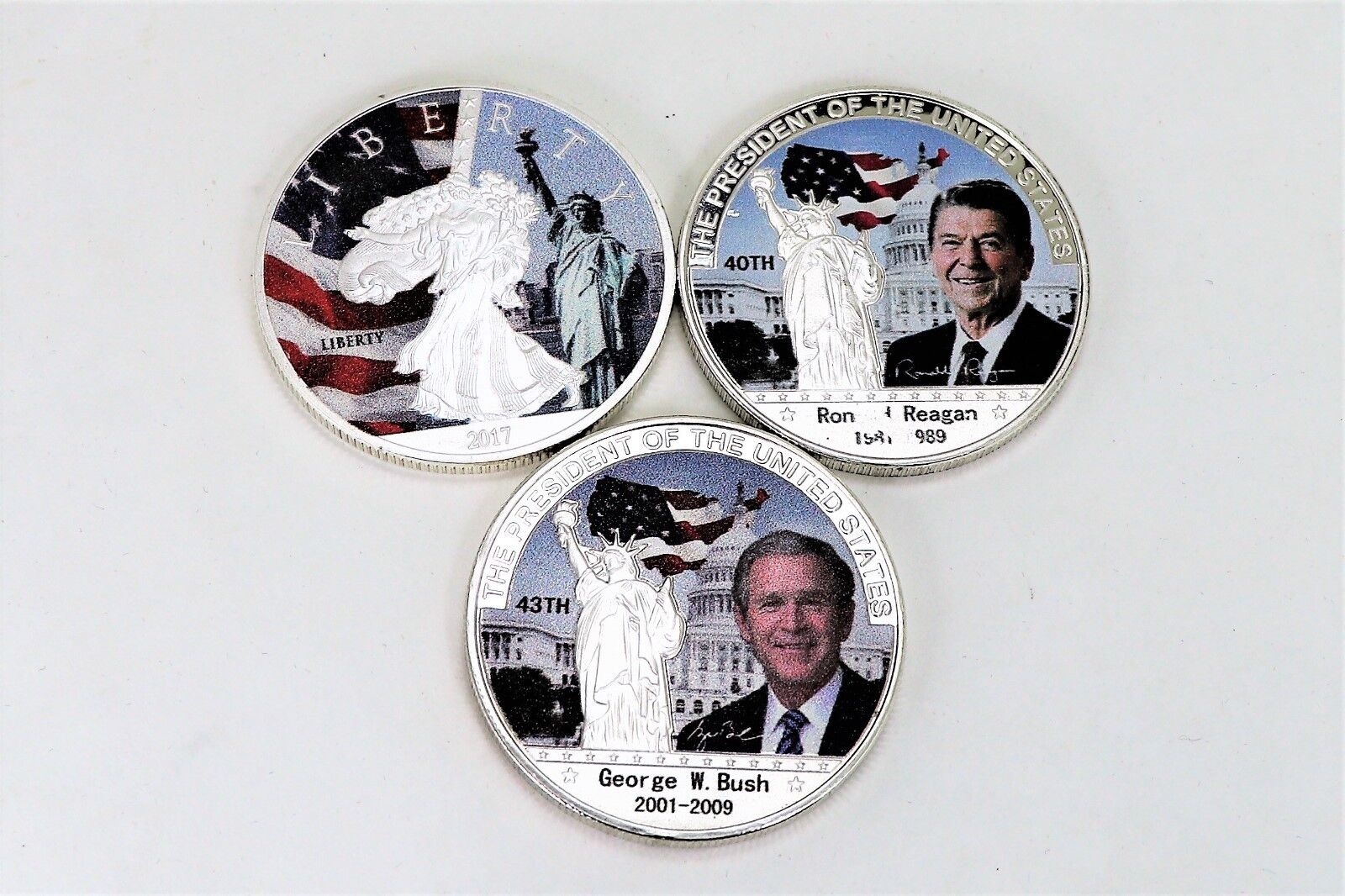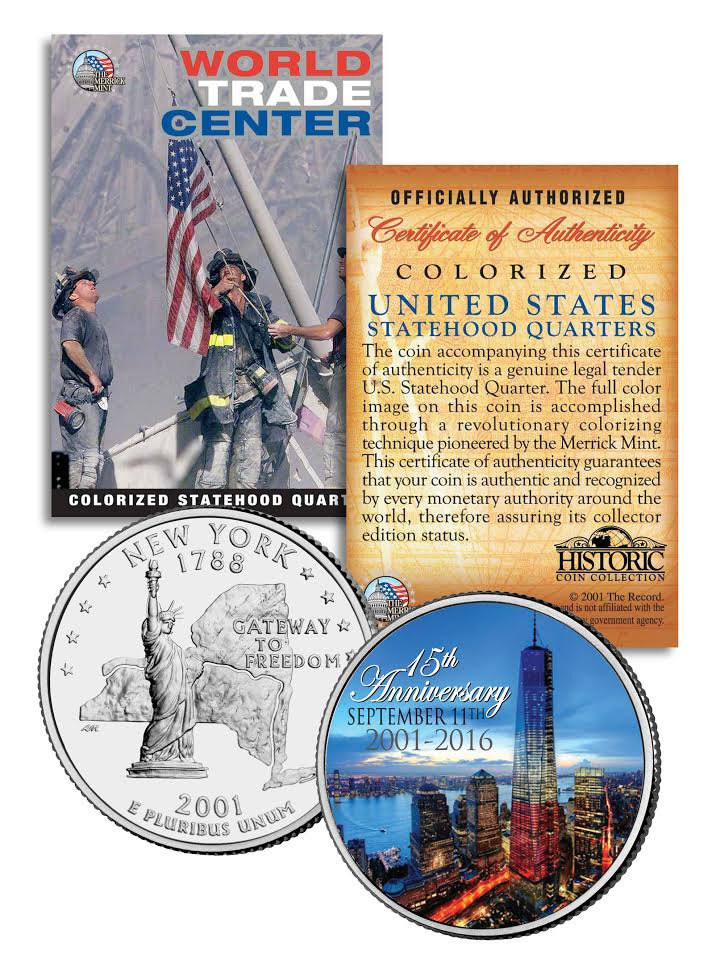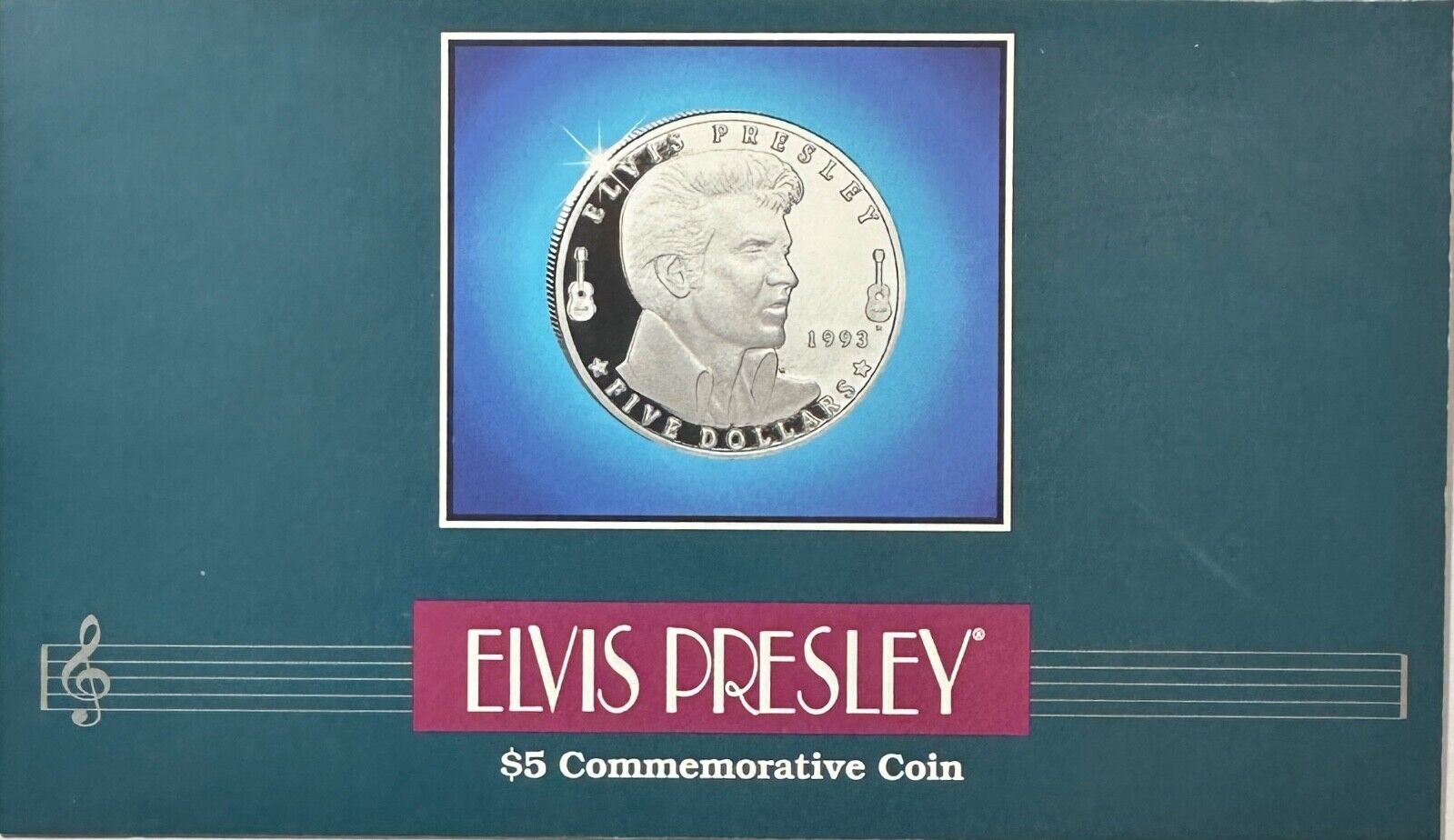-40%
2 Commemorative coins 1923 monroe & 1935 Stone Mountian
$ 50.67
- Description
- Size Guide
Description
SILVER COMMEMORATIVES1923 S MONROE 50C MS
NGC Universal ID: BYH4Help
Coin Specifications
Category: Silver Commemoratives (1892-1954)
Mint: San Francisco
Mintage: 274,000
Obverse Designer: Chester Beach
Reverse Designer: Chester Beach
Composition: Silver
Fineness: 0.9000
Weight: 12.5000g
ASW: 0.3617oz
Melt Value: .96 (5/9/2021)
Diameter: 30.6mm
Edge: Reeded
One of the coins with the most convoluted history is the 1923-S Monroe Doctrine Centennial Half Dollar. Certainly, the Monroe Doctrine itself is deserving of national recognition. This foreign policy statement issued by President James Monroe in 1823 expressed in no uncertain terms that the U.S. would not tolerate European interference, control or influence in North and South America. However, the way the coin came about is odd to say the least. In the early 1920’s, Hollywood was reeling from multiple scandals. To help polish the studios’ tarnished reputations, the American Historical Revue and Motion Picture Historical Exposition was formed.
While searching for a way to raise funds, the Historical Exposition decided that a commemorative coin would do the trick, as well as have the additional benefit of generating much needed goodwill for the film industry. The Exposition decided that the Monroe Doctrine, written 100 years earlier in 1923, would make for a popular coin. Legislation passed on January 24th, 1923 authorized the minting of no more than 300,000 Monroe Doctrine Centennial Half Dollars.
The Stone Mountain Memorial half dollar was an American fifty-cent piece struck in 1925 at the Philadelphia Mint. Its main purpose was to raise money on behalf of the Stone Mountain Confederate Monumental Association for the Stone Mountain Memorial near Atlanta, Georgia. Designed by sculptor Gutzon Borglum, the coin features a depiction of Confederate generals Robert E. Lee and Stonewall Jackson on the obverse and the caption: "Memorial to the Valor of the Soldier of the South" on the reverse. The piece was also originally intended to be in memory of the recently deceased president, Warren G. Harding, but no mention of him appears on the coin.
In the early 20th century, proposals were made to carve a large sculpture in memory of General Lee on Stone Mountain, a huge rock outcropping. The owners of Stone Mountain agreed to transfer title on condition the work was completed within 12 years. Borglum, who was, like others involved, a Ku Klux Klan member, was engaged to design the memorial, and proposed expanding it to include a colossal monument depicting Confederate warriors, with Lee, Jackson, and Confederate President Jefferson Davis leading them.
The work proved expensive, and the Association advocated the issuance of a commemorative half dollar as a fundraiser for the memorial. Congress approved it, though to appease Northerners, the coin was also made in honor of Harding, under whose administration work had commenced. Borglum designed the coin, which was repeatedly rejected by the Commission of Fine Arts. All reference to Harding was removed from the design by order of President Calvin Coolidge.
The Association sponsored extensive sales efforts for the coin throughout the South, though these were hurt by the firing of Borglum in 1925, which alienated many of his supporters, including the United Daughters of the Confederacy. A 1928 audit of the fundraising showed excessive expenses and misuse of money, and construction halted the same year; a scaled-down sculpture was eventually completed in 1970. Because of the large quantities issued—over a million remain extant—the Stone Mountain Memorial half dollar remains inexpensive compared with other U.S. commemoratives.




